Empire of Genghis Khan and Khorezm. Last Hero
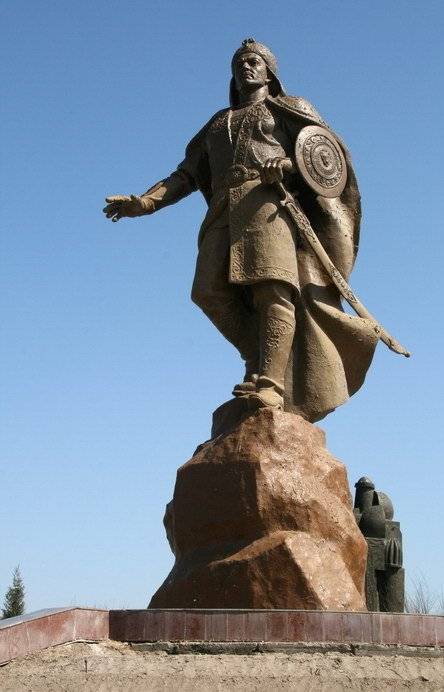
Two coins with his image are issued.
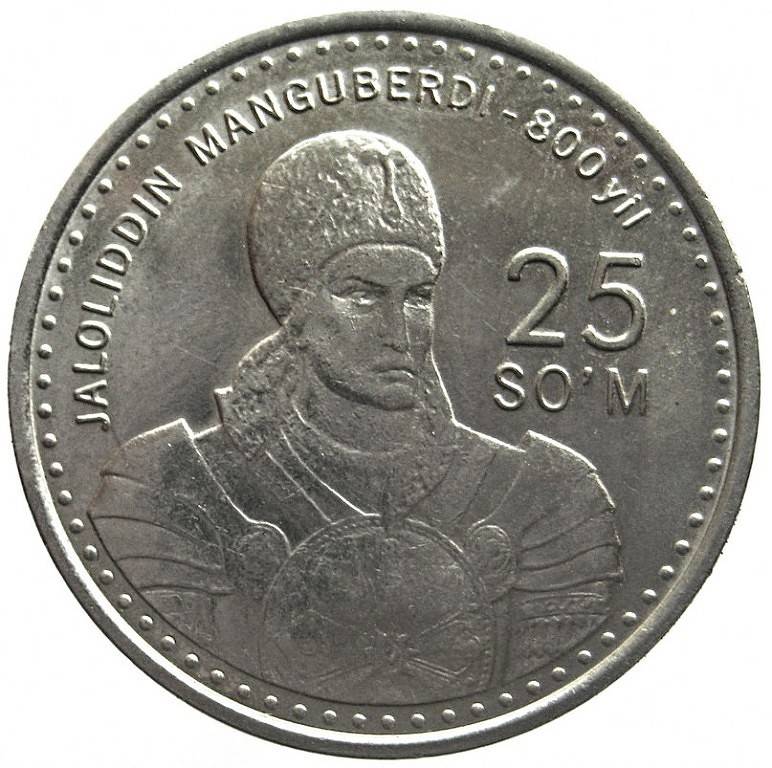
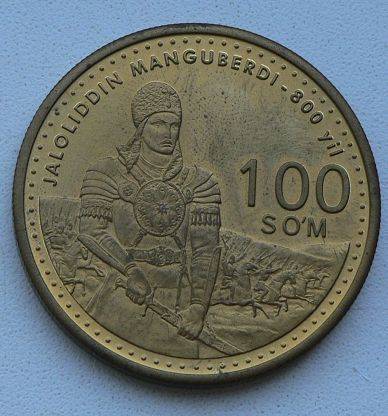
In the 1999 year, quite large-scale events were held in Uzbekistan dedicated to its 800 anniversary.
Finally, on 30 of August 2000 in Uzbekistan, the highest military order of Zhaloliddin Manguberdi was established.
He was born in Khorezm in the 1199 year. AT stories This was not the most peaceful time for humanity. The armies of the West, with a cross and a sword, went one after another to fight with Muslims, pagans and their own heretics. A terrible force was rising in the East, which would soon shake the whole world, splashing out of the Mongolian steppes. On the year of his birth, Celal ad-Din, on his way to England, died the mortally wounded Richard the Lionheart. For 6 years before his birth, the great Salah ad-Din died in Damascus, a year later the Teutonic Order was created in Palestine. Soon after his birth, Riga was founded (1201), the Order of the Swordsmen (1202) appeared, his future enemy Temujin conquered the Keraite (1203) and Naiman (1204) khanates. Under the blow of the crusaders, Constantinople fell. Ahead was the Great Kurultai, who proclaimed Temujin "the khan of all people who lived in felt tents from Altai to Argun and from the Siberian taiga to the Chinese wall." (It was on it that he was given the title of Genghis Khan - “a khan as great as the ocean”, Lake Baikal was meant by the ocean).
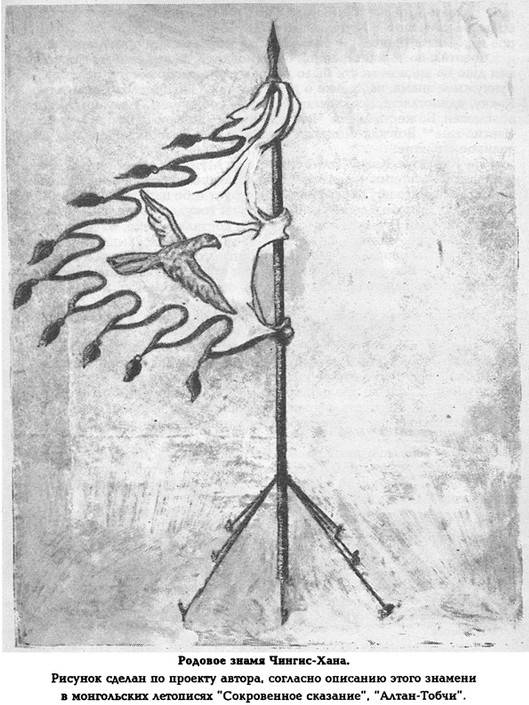
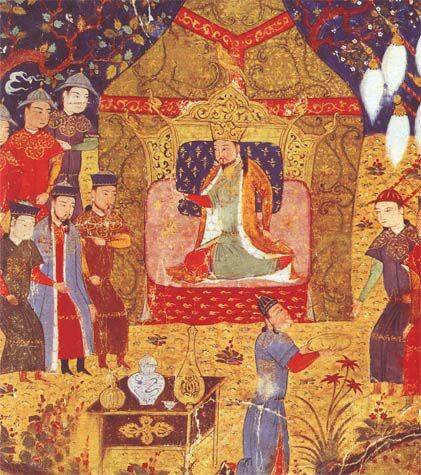
The Albigensian wars would soon begin, and the crusaders would conquer Livonia.
Khorezmshah Jalal ad-Din
As already mentioned in the first article of the cycle (Empire of Genghis Khan and Khorezm. The beginning of the confrontation), Jalal ad-Din was the eldest son of Khorezmshah Mohammed II. But his mother was a Turkmen, and therefore, due to the intrigues of his own grandmother, who came from the influential family of Ashig, he was deprived of the title of heir to the throne. In 1218, during the battle with the Mongols in the Turgai Valley, Jalal ad-Din saved his army and father with his bold and decisive actions. During the Mongol invasion in 1219, he called on the Khorezmshah not to divide the army and give the enemies an open battle in the field. But Muhammad II did not trust him, and almost until his death he kept to himself, thereby destroying himself and his state. Only shortly before his death, at the end of the 1220 of the year, Muhammad finally transferred power to him in the already almost dead state. An-Nasawi writes:
Too late. According to al-Nasawi, Khorezm “looked like a tent without supporting ropes”. Jalal ad-Din managed to break into Gurganj and show his will to his father, but this city was the patrimony of the hater of the new Khorezmshah - Terken-Khatyn, and her supporters, who declared the ruler of her brother - Khumar-tegin. A conspiracy was drawn up against Jalal ad-Din, and his assassination was planned. Upon learning of this, the Khorezmshah, not recognized here, went south. There were only 300 horsemen with him, among whom was the hero of the defense of Khojend - Timur-Melik. Near Nisa, they defeated a Mongol detachment of 700 people and made their way to Nishapur. Jalal ad-Din was in this city for about a month, sending orders to the leaders of the tribes and the rulers of the surrounding cities, then went to Ghazna, defeating the Mongols besieging Kandahar along the way. Here he was joined by his cousin Uncle Amin al-Mulk, who brought about 10 thousands of soldiers. In Ghazna, the ruler of Balkh, Seyf ad-din Agraq, the Afghan leader Muzaffar-Malik, and al-Hasan brought the Karluks to him. Ibn al-Asir claims that all Jalal al-Din was able to collect then 60 thousand soldiers. He did not intend to sit out in the fortresses. Firstly, he knew very well that the Mongols knew how to take fortified cities, and secondly, he always preferred active actions. According to al-Nasawi, one of the close associates of Jalal ad-din, who apparently knew the new Khorezmshah well, once turned to him:
And, indeed, at the slightest danger of being blocked by the Mongols in the city, Jalal ad-Din immediately left him to enter the field battle, or to withdraw his troops.
First victories
Jalal ad-Din was a realist, and did not seek to free the territories occupied by the Mongols of Khorasan and Maverannahr, he tried to preserve the south and southeast of the Khorezmshah state. Moreover, the main forces of the invaders continued the war in Khorezm. Genghis Khan's troops captured Termez, his sons Chagatai and Ogedei, united with Jochi, took Gurganj in April 1221, the youngest son, Toluy, captured Merv in March, and Nishapur in April. Moreover, in Nishapur, by his order, pyramids were built from human heads:
Herat resisted for 8 months, but also fell.
And in 1221, Jalal ad-din defeated the Mongol detachment, besieging the fortress of Valiyan, and then gave the Mongols a battle near the city of Parvan (“the battle at seven gorges”). This battle lasted two days, and, on the orders of the Khorezmshah, his cavalrymen fought in a hurry. On the second day, when the Mongol horses were tired, Jalal ad-Din led a horse attack, which led to the complete defeat of the Mongol army. This victory led to an uprising in some of the cities previously captured by the Mongols. In addition, having learned about it, the Mongol detachment, besieging the fortress of Balkh, moved north.
The captured Mongols were executed. Al-Nasawi describes Jelal ad-Din's revenge as follows:
Alas, his army soon decreased by half: the Khalaj, Pashtun and Karluk detachments left Jalal ad-Din because their leaders could not agree on the division of the spoils, in particular, a quarrel over a trophy thoroughbred stallion was said:
(An-Nasawi.)
Battle of the Indus River
Meanwhile, the troubled Genghis Khan personally led a new campaign against Jalal ad-Din. On November 24 1221 (December 9 according to other sources) in the territory of modern Pakistan, the Mongol army, from 50 to 80 thousands, met with the thirty thousandth Khorezm army. Before the enemy approached, the young Khorezmshah intended to cross to the other side, but he was not lucky: the storm damaged the ships under construction, and Genghis Khan drove his soldiers for two days, without stopping even to prepare food. Jalal al-Din still managed to defeat his vanguard, but this clash was his last success.
Despite the apparent superiority of the Mongols in power, the battle was extremely stubborn and fierce. Jalal ad-Din built the army with a crescent moon, leaning on the mountains with his left flank and the river bend with his right. Genghis Khan, confident of victory, ordered to capture him alive.
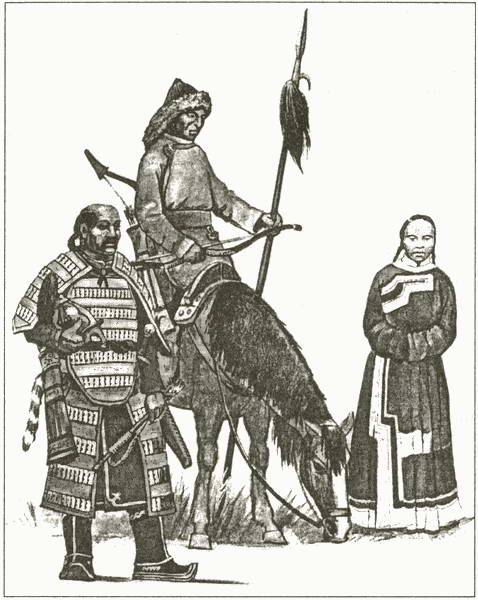
The Khorezmshah army repelled two attacks on the left flank, a heavy battle ensued on the right, in which the Mongols were already crowding out opponents. And then Jalal ad-Din himself attacked the Mongols in the center. Genghis Khan even had to introduce reserve units into the battle.
The fate of the battle was decided by the one and only Mongolian Tumen (they say that it was called the “Hero”), which Genghis Khan sent in advance to make his way to the Khorezm rear through the mountains. His blow led to the collapse of the left flank of the Khorezm army, and the flight of all other formations. Jalal ad-Din, at the head of select units, fought surrounded. Having finally broken through to the river, he directed his horse into the water, and jumped into the river directly on it, fully armed and with a banner in his hand - from a seven-meter cliff.
G. Raverty and G. E. Grumm-Grzhimailo report that the place of this crossing by locals is still called Cheli Jalali (Geli Jalali).
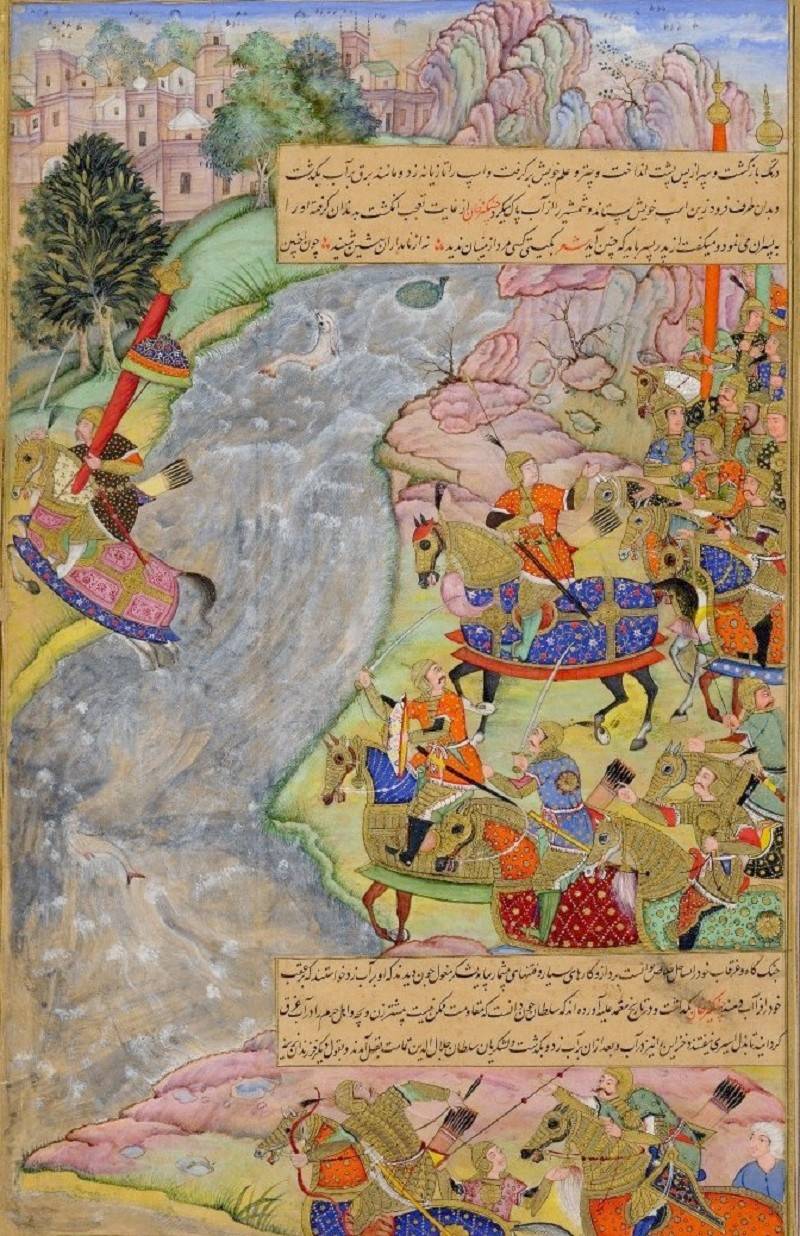
Juvaini writes:
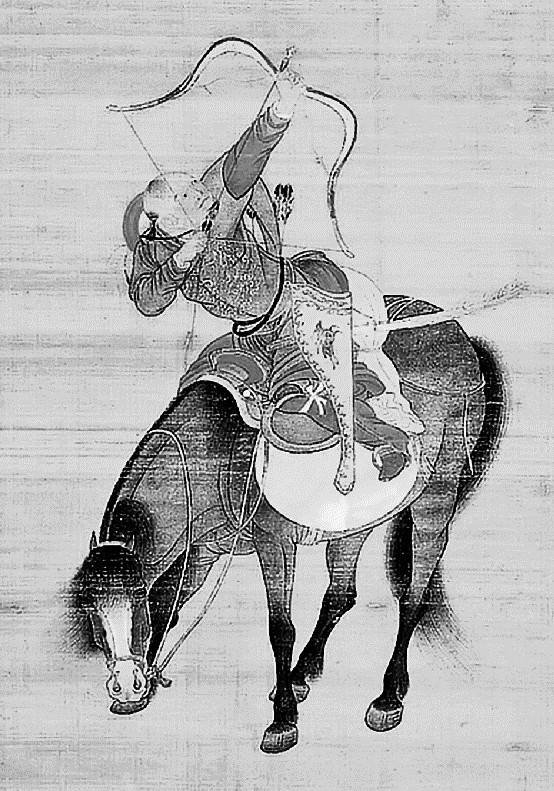
Many warriors followed the example of Jalal ad-Din, but not everyone managed to escape: you remember that the Mongols shot them with bows and, "wherever their arrows reached, the water in the river was red with blood."
Juvaini continues:
“These are the sons every father dreams of!”
A similar description is given by Rashid ad-Din, who adds only that before the battle, Genghis Khan ordered to take Jalal ad-Din alive.
According to legend, before rushing into the water, Jalal ad-Din ordered to kill his mother and all his wives in order to save them from the shame of captivity. However, it was unlikely that he had time for this. It is believed that part of his family died during the crossing over the Indus, part - was captured. It is reported, for example, that the son of Jalal ad-Din, who was 7 or 8 years old, was executed in the presence of Genghis Khan.
Jalal ad-Din managed to collect about 4 of thousands of surviving soldiers, with them he went deep into India, where he won two victories over the local princes in Lahore and Punjab.
Genghis Khan was unable to ferry his army across the Indus. He went upstream to Peshevar, and his son Ugedei was sent to the city of Ghazni, which was captured and destroyed.
The return of Khorezmshah
In the spring of 1223, Genghis Khan left Afghanistan, and in 1224, Jalal ad-Din came to western Iran and Armenia. By 1225, he was able to restore his power in some of the former provinces of Khorezm - in Fars, Eastern Iraq, Azerbaijan. He defeated one of the Mongol armies at Isfahan and defeated Georgia. Juvaini reports that the Kipchaks who were in the Georgian army refused to fight in a decisive battle against him:
In 1226, the Khorezm army captured and burned Tbilisi.
The character of Jalal ad-Din by that time had changed significantly. Iranian historian Dabir Seyyaji wrote about this:
On to describe many good nature Sultan greatly influenced many ills, evils and difficulties, than to some extent justified by his cruelty, which, especially at the end of his life. "
The great adversary of Jalal ad-Din, Genghis Khan, died in 1227.
Since 2012, his birthday, scheduled for the first day of the first winter month of the lunar calendar, has become a national holiday of Mongolia - Day of pride. On this day there is a ceremony honoring his statue in the central square of the capital.
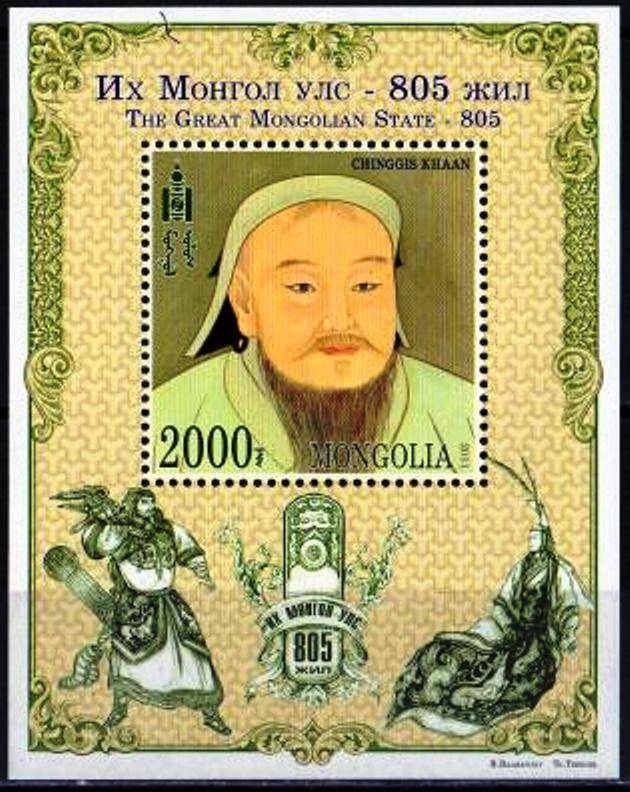
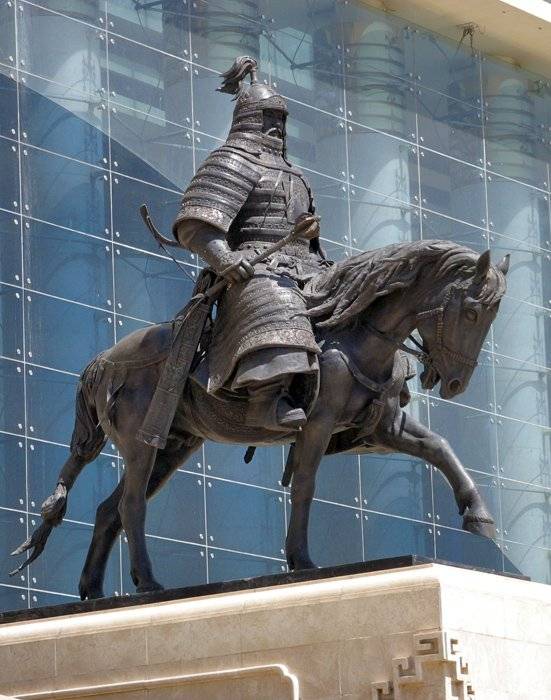
Until the 1229 year, the Mongols were not up to the rebellious Khorezmshah: they chose the great khan. In 1229, the third son of Genghis Khan, Ogedei, became such.
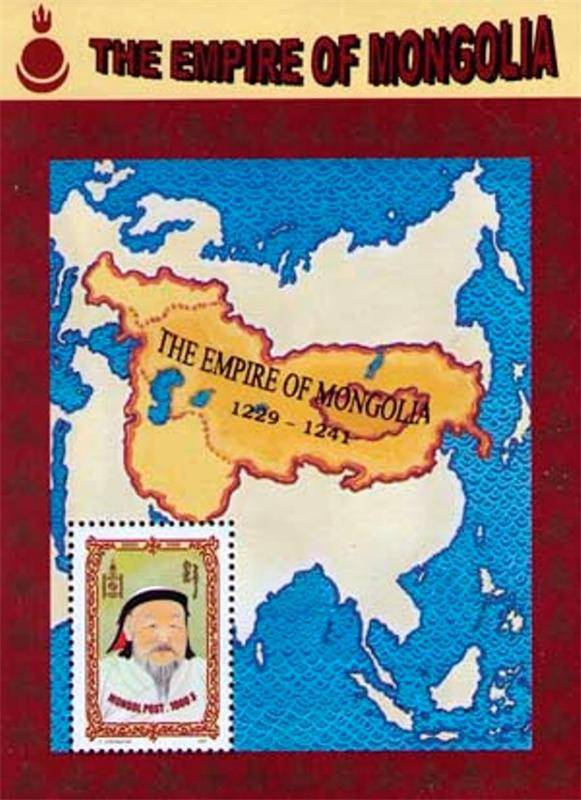
Hero's death
Meanwhile, the successful operations of Jalal ad-Din caused concern in neighboring countries, as a result of united against him Sultanate of Rum, the Egyptian Ayyubids and the Armenian Kingdom of Cilicia. Together they inflicted two defeats on the Khorezmians. And in 1229, Ugadei sent three tumens to the Caucasus to fight him. Jalal ad-Din defeated, once again tried to retreat to India - this time unsuccessfully, and, wounded, was forced into hiding in the mountains of eastern Turkey. But he died not from a Mongol arrow or saber, but from the hand of a Kurd who remained unknown. The killer’s motives are still unclear: some believe that he was the blood enemy of Jalal ad-Din, others believe that he was sent by the Mongols, others believe that he was simply flattered by his belt, studded with diamonds, and did not even know the name of his victim. It is believed that this happened on 15 of August 1231 of the year.
This ingenious commander died so ingloriously, who, under other circumstances, might have stopped Genghis Khan and founded his empire, similar to the state of Timur, radically changing the course of history of all mankind.
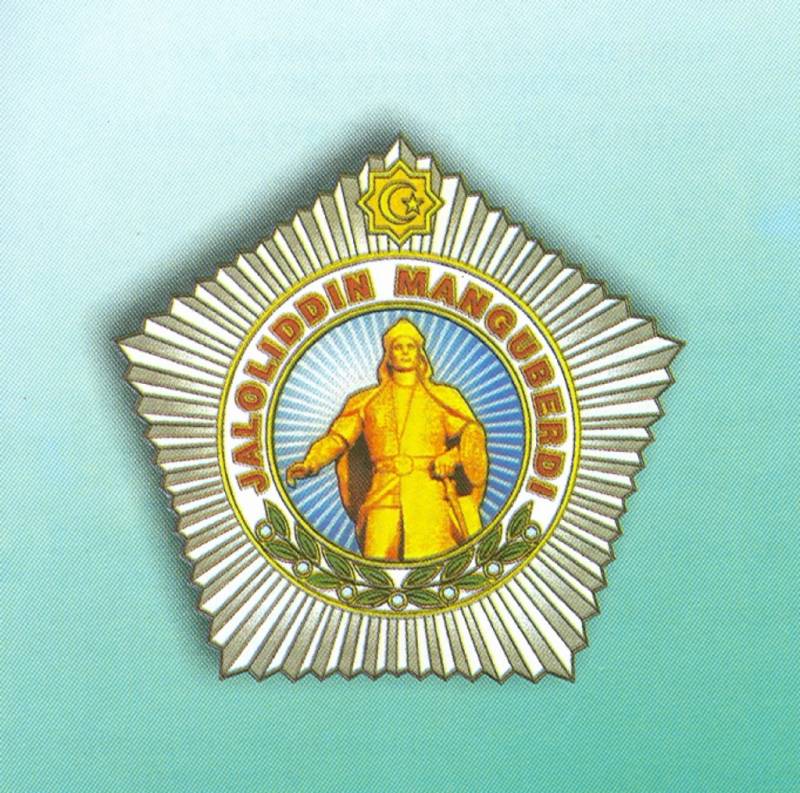
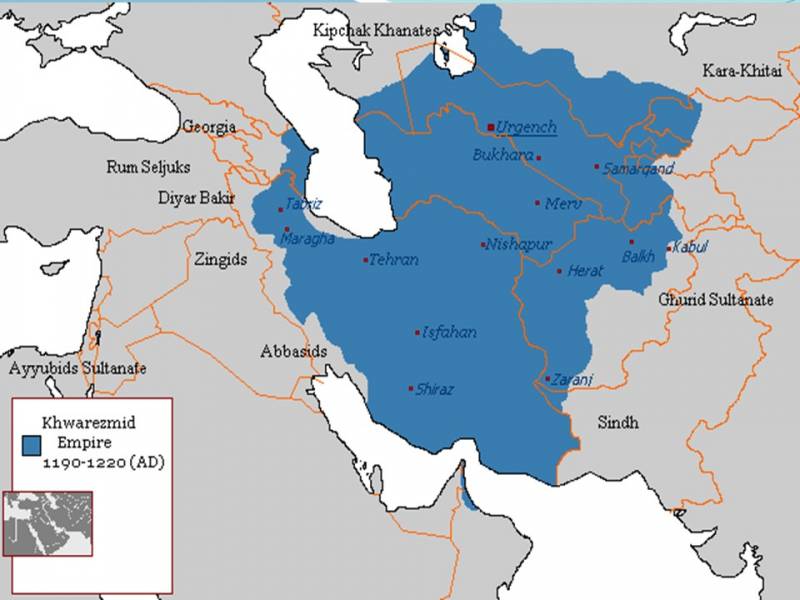
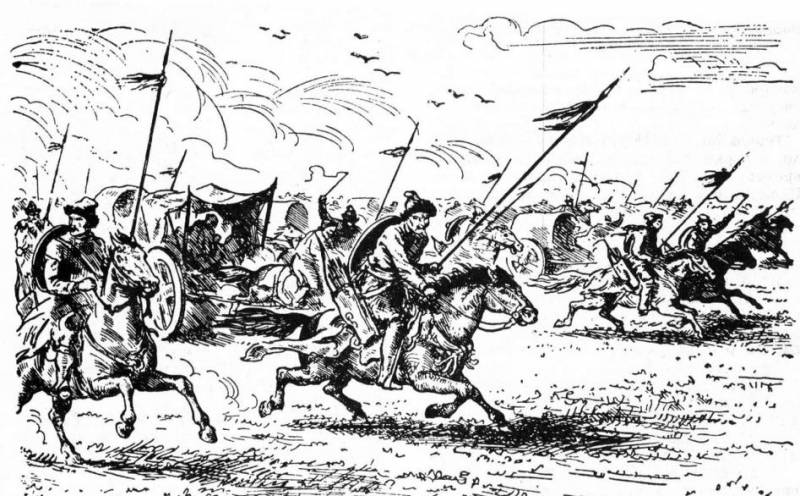
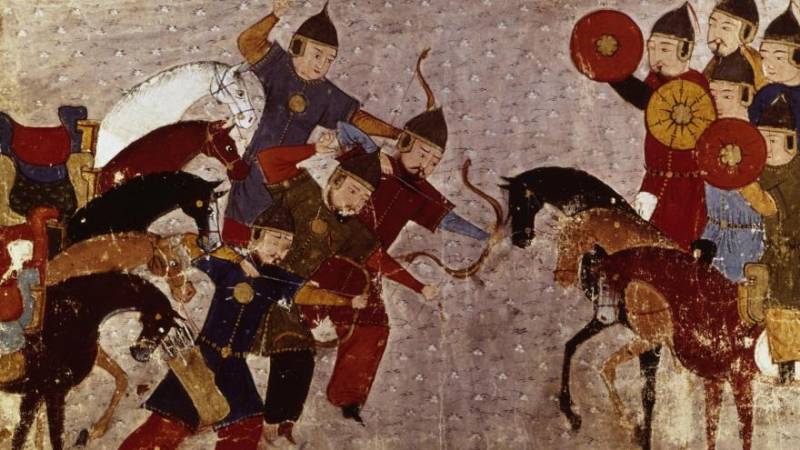
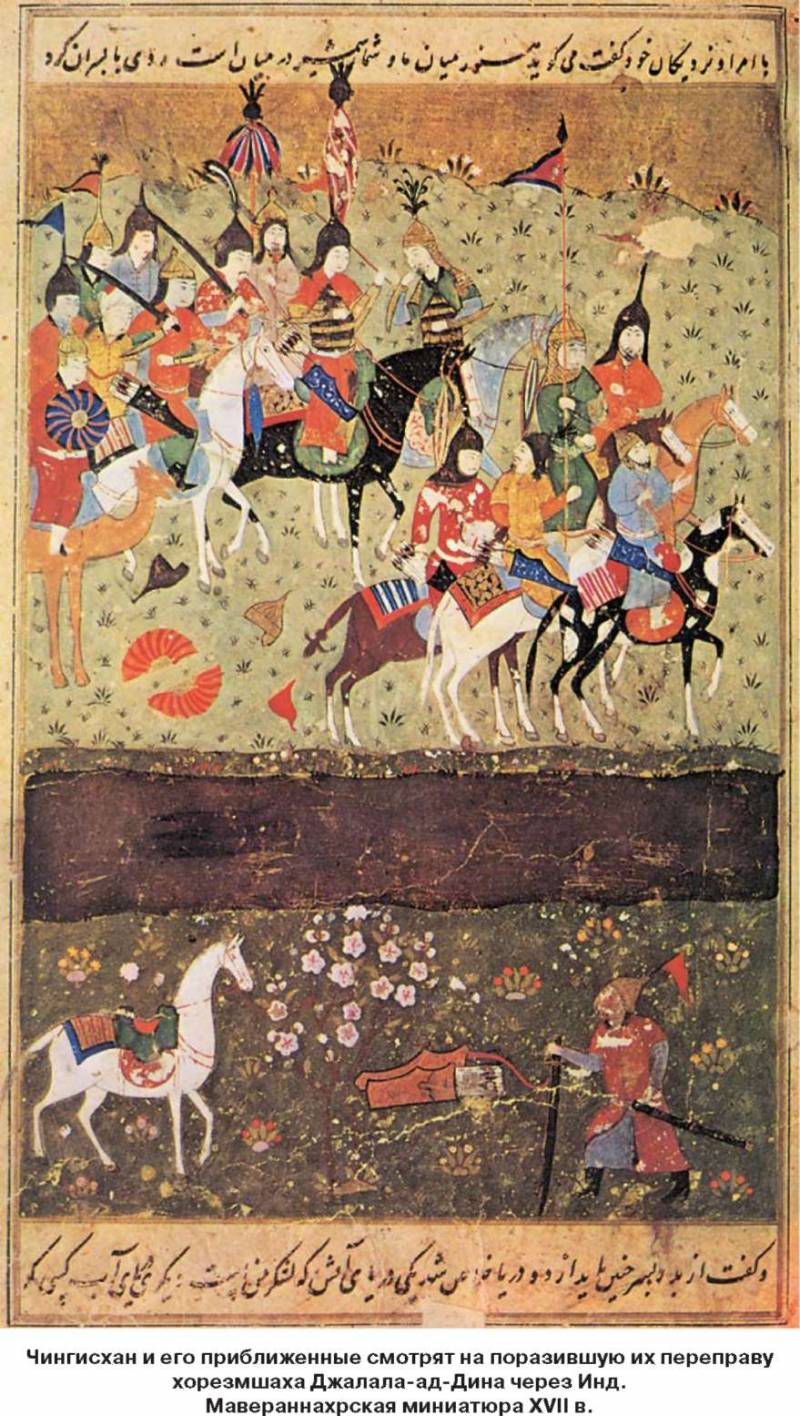
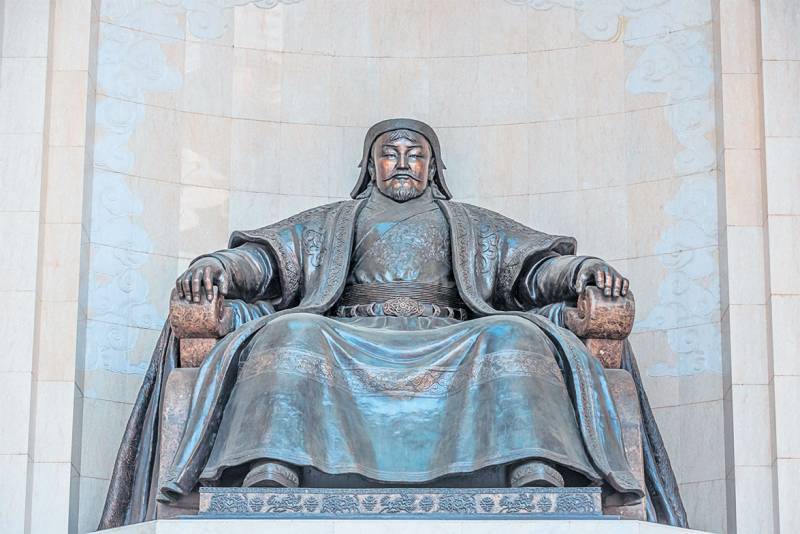
Information